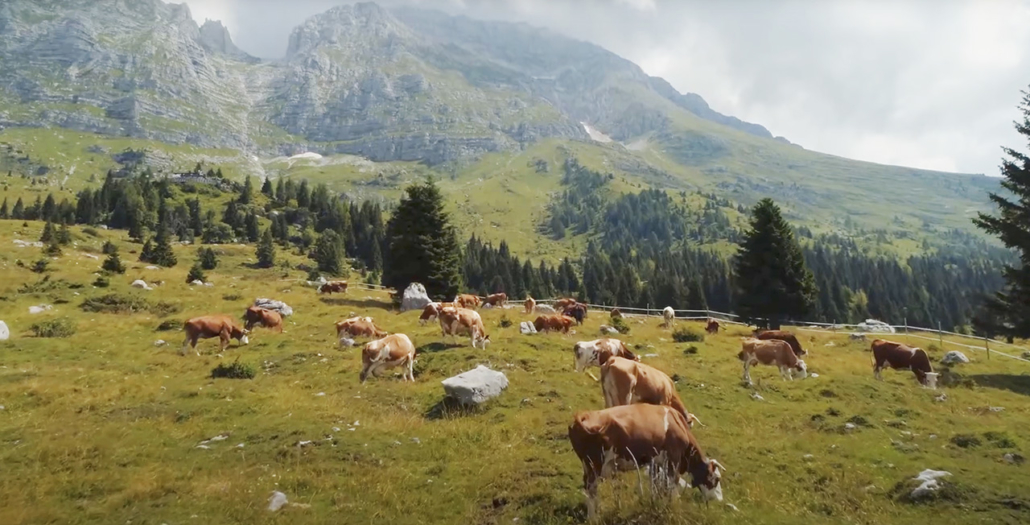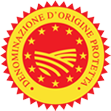Montasio is the fruit of a unique territory located in the far corner of northern Italy, in the picturesque Friuli, characterized by pure air, clean skies and lush soils.
It has been 250 years since the first written record of Montasio’s existence appeared. In fact, a preziary from the city of Udine, found in the Guarneriana library in San Daniele del Friuli, mentions “Montasio cheese.” These documents show how this cheese was considered a high quality product at the time: in fact, they set a price for Montasio that was much higher than the average for other cheeses.
Since that time Montasio has always been present in all the mercantile documents of northeastern Italy. It can be safely said, then, that for 250 years Montasio cheese has been an identity cheese of Friuli Venezia Giulia.
But the history of Montasio is even older and comes to life at the beginning of the second millennium, interwoven together with that of the great family of Alpine cheeses to which it belongs. In the mountain pastures, shepherds had already been making cheese for many centuries to preserve a fresh and easily perishable product like milk over time for periods of no or low production. The minimum aging period of 60 days is in fact a health guarantee since possible pathogens in the milk cannot survive this aging.
These ancient production techniques were handed down and refined, starting in the 13th century, in the valleys of the Julian and Carnic Alps thanks to the perseverance and intelligence of the Benedictine monks who at that time resided in the Abbey of Moggio Udinese (on the northern slope of Montasio).
The techniques of the monks soon became widespread in the valleys throughout Carnia and, over the past two and a half centuries, in the entire Friuli Venezia Giulia region and parts of eastern Veneto.
That of Montasio is the tradition of a product of nature as genuine today as it was 250 years ago, handed down intact and arriving on our table every day.


ATTIVITÀ REALIZZATA CON IL CONTRIBUTO DELLA
REGIONE AUTONOMA FRIULI VENEZIA GIULIA,
L.R. 25/2016, ART. 3, C. 21-25
CONSORTIUM FOR THE PROTECTION OF MONTASIO CHEESE
Vicolo Resia 1/2
33033 Codroipo (UD)
Tel. 0432-905317
Fax 0432-907509
info@formaggiomontasio.net
TIN 94012960301
VAT No. 01816290306
IL CONSORZIO